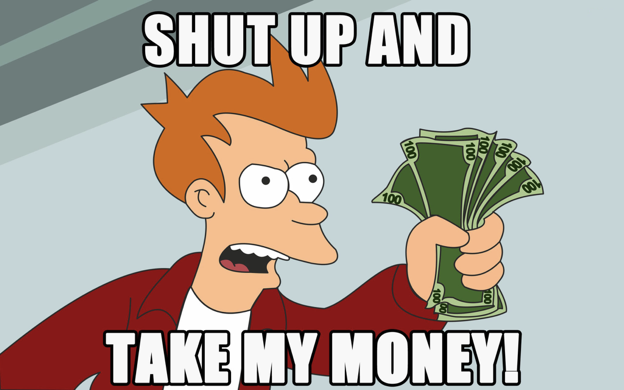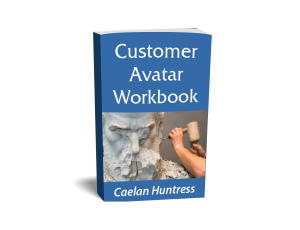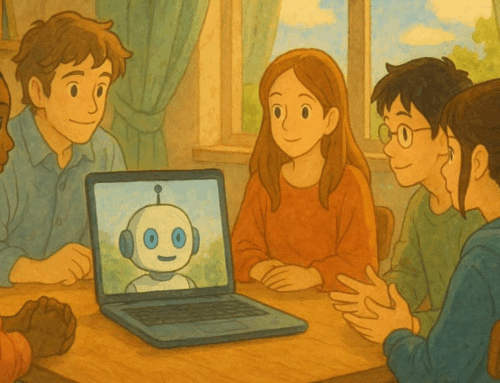Sell Them What They Want, When They Want It
The day was hot, and I was exhausted from running five kilometers. The Rugged Maniac obstacle course was filled with mud pits and climbing nets. After 37 minutes on the course, I was thirsty.
As soon as I crossed the finish line, I was handed a T-shirt, a medal, and a beer token. But what I really wanted was more water, and my bottle was empty.
An enterprising young entrepreneur was nearby, sitting on a cooler full of ice-cold water bottles.
‘Five dollars,’ he said with a grin.

Have you ever had this experience? You see something you want so badly, you’re willing to pay for it immediately. This purchase will solve a problem so well, you are ready to throw down the money right that very second.
That’s what I did for that $5 bottle of water. I drank it in one long swig, and it was worth every penny.
“People hate to be sold, but they love to buy.” — Jeffrey Gitomer
The Buying Trigger Shows You Where To Sell
A ticket scalper doesn’t sell you tickets at the grocery store. They sell tickets at the entrance to the stadium.
The Customer Avatar for a ticket scalper is someone who wants to get into the stadium, but doesn’t have a ticket. At the stadium, a scalper can sell a ticket for many times the retail price. They pull the Buying Trigger by waving tickets in the air in front of the stadium entrance.
If I’m shopping for cheese in the grocery store, I don’t want to hear a pitch about why I should buy your ticket and go to the stadium.
But when I’m standing outside the stadium with a group of friends that all have tickets, I’m facing a problem. They’re all going inside without me. That is when a ticket scalper is exactly the person I want to talk to.
Look for the Buying Trigger in your customers. Find the people who are willing to say, ‘Shut up and take my money!’ and meet them where they are most likely to say it.
We Don’t Talk About The Buying Trigger Enough
When your marketing isn’t working, it’s usually because you are talking too much about yourself.
I know, I know, you’re great. Your story is interesting. There’s a whole journey that brought you through your life to this one moment. But when I’m thirsty at the end of an obstacle race, do I care about this vendor’s life story? Or do I just want what I want?
I paid for an over-priced bottle of water because it was the perfect solution to a tangible problem I was facing. My problem was so intense that he didn’t need to convince me about my thirst, or tell me his story. He just made an offer, and I happily accepted.
When could you make an offer, so it’s the perfect time for your customer? Where can you position yourself, so you are ready at the period of maximum discomfort? That is when customer are most ready to buy from you.
How To Find The Buying Trigger
A Customer Avatar has three main dimensions. The first is the demographic (who they are and what they’re like). The second is the problem they face (the problem that you solve). And then there’s your competition.
![]()
Market research helps you clarify your Customer Avatars. Your competition has already been marketing to this market for some time. They figured out a few things. They know how your customers like to be spoken to, and they know what they’re likely to buy.
Your competitors will talk about the objections that your customers have. Based on what you learn from your competition, you could anticipate those objections yourself.
Competitors will run promotions, and engage with communities where they get traction. Follow their trail.
The pain points of your customer can be found in the overlap of the demographic and the problem. What problems do these people face regularly? If they were in a group together with their peers, what would they complain about? What resources do they share?
In the overlap of the objections, the pain points, and your market research, that’s where you can find the Buying Trigger.
When you know the Buying Trigger, selling becomes easy.
-
- Research your competition. Subscribe to their newsletters. Follow them on social media. Follow the trail they leave behind.
- List every objection someone could have to buying from you. Write a sentence for each one, then write a paragraph as an answer to each objection. (This can become your FAQ page, too.)
- Create a Customer Avatar (or three) so you know who you are talking to.
- Find communities where these avatars congregate. Pay attention to their conversations, their questions, and their frustrations.
- Take notes on what they say, and identify when they take action. When you discover someone taking action to solve a problem, make a note on your Customer Avatar sheet for future reference.
- Identify the negative mood. According to a study by the Journal of the Academy of Marketing Science, impulse buying occurs 86% of the time with a negative mood state, but only 38% of the time with a positive mood state. What is the negative experience your customer is facing, when your solution can become an impulse buy?
- Position yourself
to provide a solution at the perfect time for the customer. Set up your proverbial cooler right next to the finish line of the race.
Finding the Buying Trigger is a much more effective use of your time and energy than rewriting your about page, or sending another newsletter.
If you can realign your content around the problems your customers face, and how to solve those problems, your marketing becomes much more effective.
Becoming an expert in the problems of your customer helps you articulate the solution better than anyone else.
With an offer custom-designed for the customer, you encounter less resistance in the selling process. Knowing precisely where to present this offer — at the critical step in their Customer Journey — can conserve your time and energy for your best work.
This is an excerpt from my upcoming book, ‘Marketing Yourself.’ To get notified when the book is released, sign up for the waitlist.






Leave A Comment